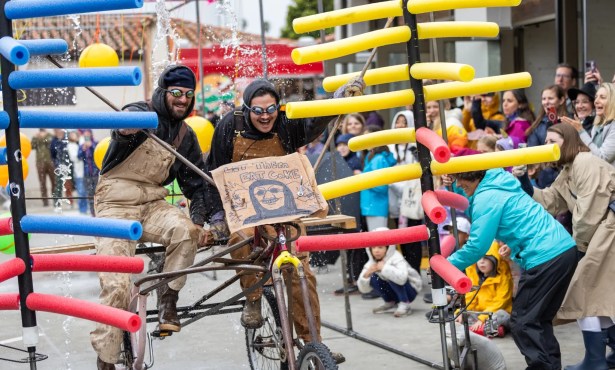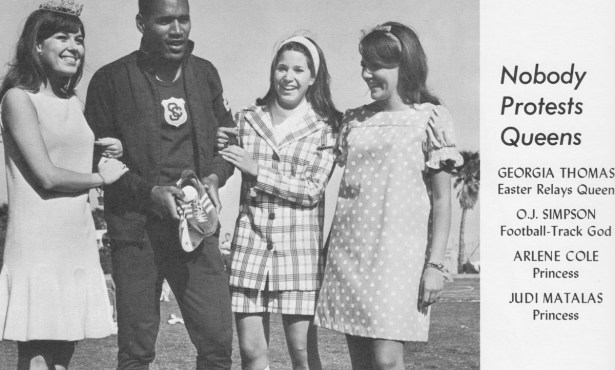‘I am interested in the artist Margaret Webb, who I think lived here for a time.’
- Ann Patterson

Margaret Ely Webb was one of the most versatile artistic talents to call Santa Barbara home. This internationally known artist worked in several mediums and was also a writer, talented musician, skilled linguist, and a gifted horticulturist, whose gardens at her Mountain Drive home were admired throughout the South Coast.
Webb was born into a highly cultured and deeply religious New Jersey family in 1887. Music infused the family’s everyday life; Webb’s mother played the piano, her father played the organ, and a grandfather was an accomplished flutist. The importance of education was stressed in the household and Webb would not be the only sibling to carve out a distinguished career. One brother became a prominent architect in New York City, another became an Episcopal rector for a large New Jersey parish, and a third brother went on to a Columbia University professorship.
Webb first visited Santa Barbara in 1918, shortly after her widowed mother married Charles Albert Storke. Teacher, newspaperman, attorney, and state legislator, Storke was one of Santa Barbara’s most prominent citizens. He was mayor from 1898 to 1901. He was the father of Thomas Storke, from an earlier marriage, who would become the publisher of the Santa Barbara News-Press and even more influential than his father.
Webb settled here in 1922. She had received her art education in a number of schools and salons in Europe and had also studied at the prestigious Art Students League in New York City. An important figure in the arts and crafts movement during the early 1900s, she was known primarily for her intricate and evocative bookplate work, usually rendered with pen and ink. One critic, writing in August 1908, confessed that the beauty of Webb’s plates had shattered his prejudice against women artists. Webb executed a number of bookplates for local notables including her step-brother, Thomas Storke, and landscape painter William Otte.
Throughout time, Webb became especially associated with her work for children’s literature. Even though she never married or had children, Webb felt a special affinity for youngsters. One of the most popular books she illustrated, now little known, was The House of Prayer by Florence Converse, published in 1908.
Webb’s work was well-known in Europe; in 1954, her bookplate art was honored by the Dutch Bookplate Society. Interestingly, the journal of this society was always sent unbound to members so they could have it bound to suit their tastes, a throwback to the days of the arts and crafts movement. Webb’s bookplates would eventually become part of the collections of the Library of Congress and the British Museum.
Webb also painted watercolors and oils. A collection of her watercolors of wildflowers was given to the Santa Barbara Museum of Natural History. In the 1940s, she took up woodblock printing, using this medium for her bookplates. Her illustrations also appeared in many magazines, again, often oriented to young people. She also took up a study of European folk melodies and their impact on classical music.
In 1950, Webb sold her longtime home on West Micheltorena Street and moved to Mountain Drive, where she converted the garage into her studio. Here, she enjoyed marvelous vistas for her landscapes and the neighborhood children began a tradition of bringing her wildflowers every year for her birthday. The much beloved Margaret Webb died in 1965, a distinguished member of Santa Barbara’s talent-rich art colony.



